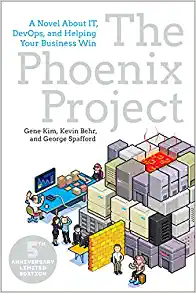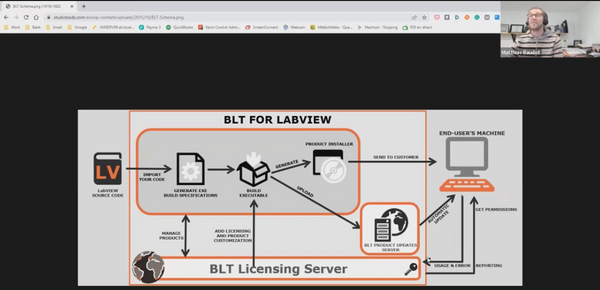














The Phoenix Project
The Phoenix Project is a must-read book for anyone who works in technology. If you have ever worked in a larger company you will immediately identify with the situation described at the beginning of the book. You have an overworked IT department that seems disorganized and is always behind on


It's all about the people
So many times we try to tackle problems by throwing more technology or more process at them. Everything would be fine if we just used this new tool or followed this process. Technology and process can definitely help things to run smoother, but only if we first address the underlying








